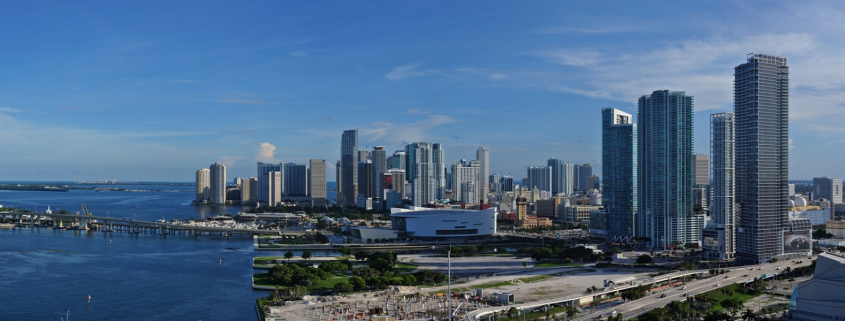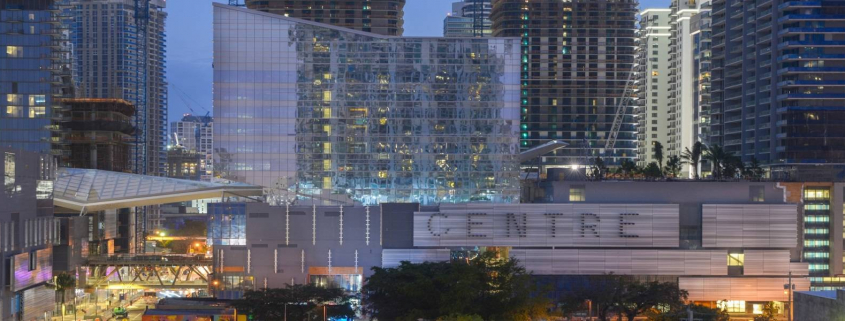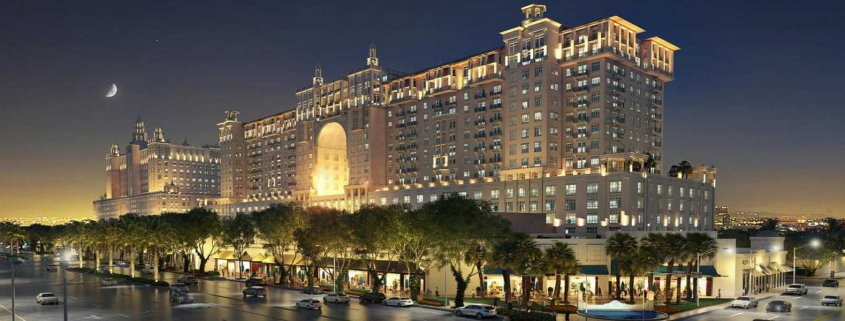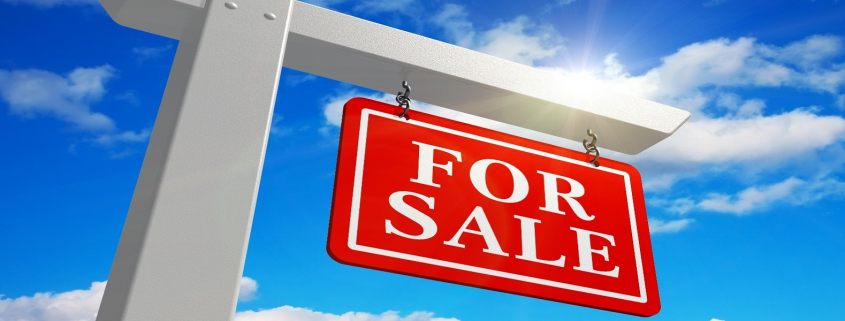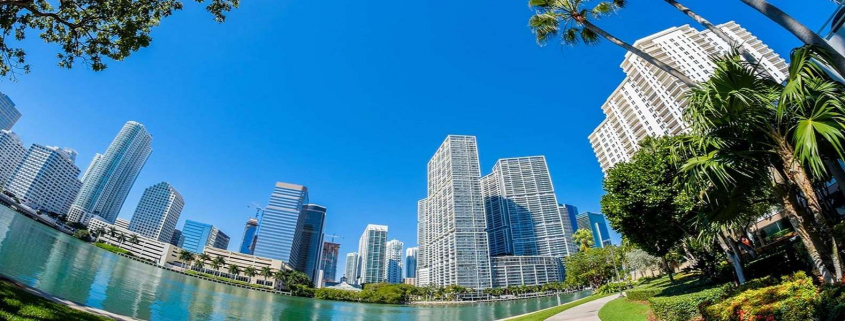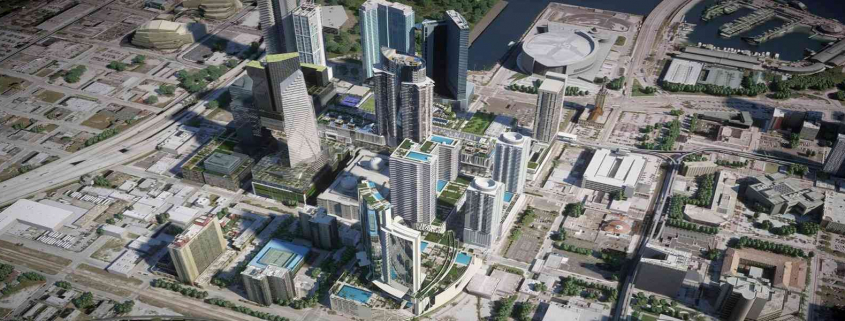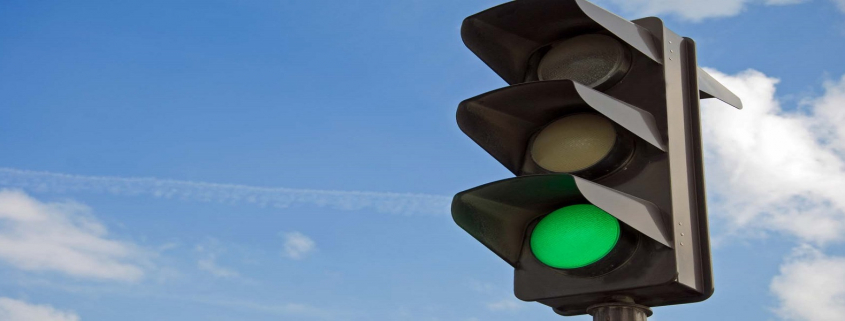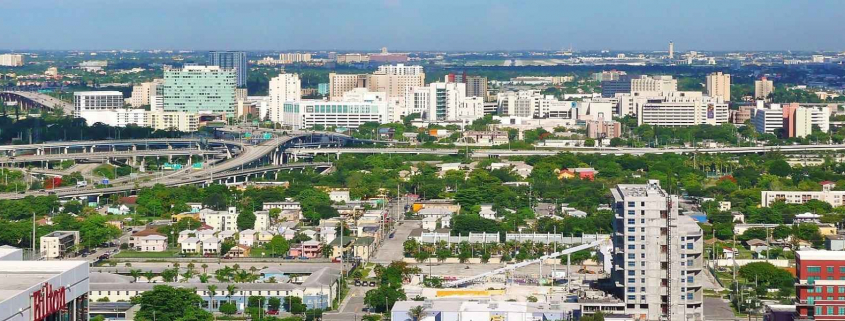The commercial real estate market outlook for Miami-Dade: Sunny, as long as more mass transit is on the horizon, said industry experts at the Building Owners and Managers Association of Miami-Dade’s 2017 Commercial Real Estate Outlook event.
In the office market, rents are at an all-time high in certain sub-markets, said Brian Gale, Cushman & Wakefield’s vice chairman of Brokerage Services who represents nearly 5 million square feet of office space in South Florida.
On Brickell, office space is hitting around $60 a square foot for Class A space; back in 2008 the high was in the upper $40s, said Gale, during the panel discussion at the East Miami in Brickell. Downtown Miami is just behind it, and Aventura and Airport West have also hit all-time highs, too, he said. Coral Gables presents a different story, he said. In 2007-08, rent in the trophy buildings was $46-$48 a square foot; today it’s the low $40s.
“For many years, Coral Gables was the darling of the office market. I would say it has a temporary black eye with less demand and blocks of spaces still existing. But Coral Gables also has the most to gain,” Gale said.
Gale sees the South Miami market as vaulting too, once new mass transit options fully kick in for the area.
“The traffic on Useless 1 is not getting any better. … Miami Beach needs to figure out a way to get light rail over there.” Gale said. “Rental rates will continue to increase in 2017. Looking further out, being a gateway city … there is no reason to believe we couldn’t be a $70 rental market in 2022.”
Growth in shared office spaces has exploded — for instance, WeWork recently leased 65,000 feet at Brickell City Centre and there are now more than 20 shared workspace centers in downtown Miami alone. Sometimes these shared office centers can act as an incubator for a building; when the companies grow out of the co-working space they take space on other floors, Gale said. In the broader office market, expect more smaller offices, with more open spaces and cubicle areas on the outside of the floor with the glass-walled offices in the center, he added.
In the industrial sector, with job growth projected to slow in 2017 and 2018, is that a concern with 1.8 million square feet coming online in 2017 and 1.4 million in 2018?
“That’s actually less than half of what we have seen in 2015 and 2016.” said JLL Managing Director Brian Smith, who led the team representing NBC Universal/Telemundo Enterprises in the record breaking lease of over 550,000 square feet for a world headquarters broadcast center in western Miami-Dade.
He said he looks more closely at population growth. In both the office and industrial markets, new-to-market tenants are pushing the records. The last three years have brought more than 700,000 square feet of new-to-market office tenants. But that’s more than the previous 15 years combined, Gale said.
The last two years saw 300,00 square feet of new-to-market industrial tenants, but this year it will be 2 million and perhaps 3 million square feet.
“John Deere, new names. We have quickly become one of the most important industrial markets on the globe,” said Smith. “Three large deals in the works may be the biggest ever, in addition to the NBCUniversal deal.”
To be sure, urbanization has transformed the retail landscape, with Miami’s downtown population now approaching 90,0000 people, a 30 percent increase since 2010, with an incredibly affluent demographic, said David Moret, president of Highline Real Estate Capital, which acquires and redevelops office and retail properties with capital partners.
Retail rents are in the stratosphere on Lincoln Road, surpassing $300 a square foot. They are hitting $200 in the Design District and Coconut Grove and Wynwood are flirting with $100 a foot, Moret said. How far will they go?
“I think we have gotten ahead of ourselves,” Moret said. “ I think there will be a reset. … We are already seeing resistance. We are seeing leasing volume way down on Lincoln Road.”
He sees the biggest impact coming from millennials, a group that will have the most spending power by 2017. This means tenant mix is more important than ever.
“Successful centers are going to be about creating experiences, to give people a reason to go there instead of click on their phone,” said Moret.
Source: Miami Herald

